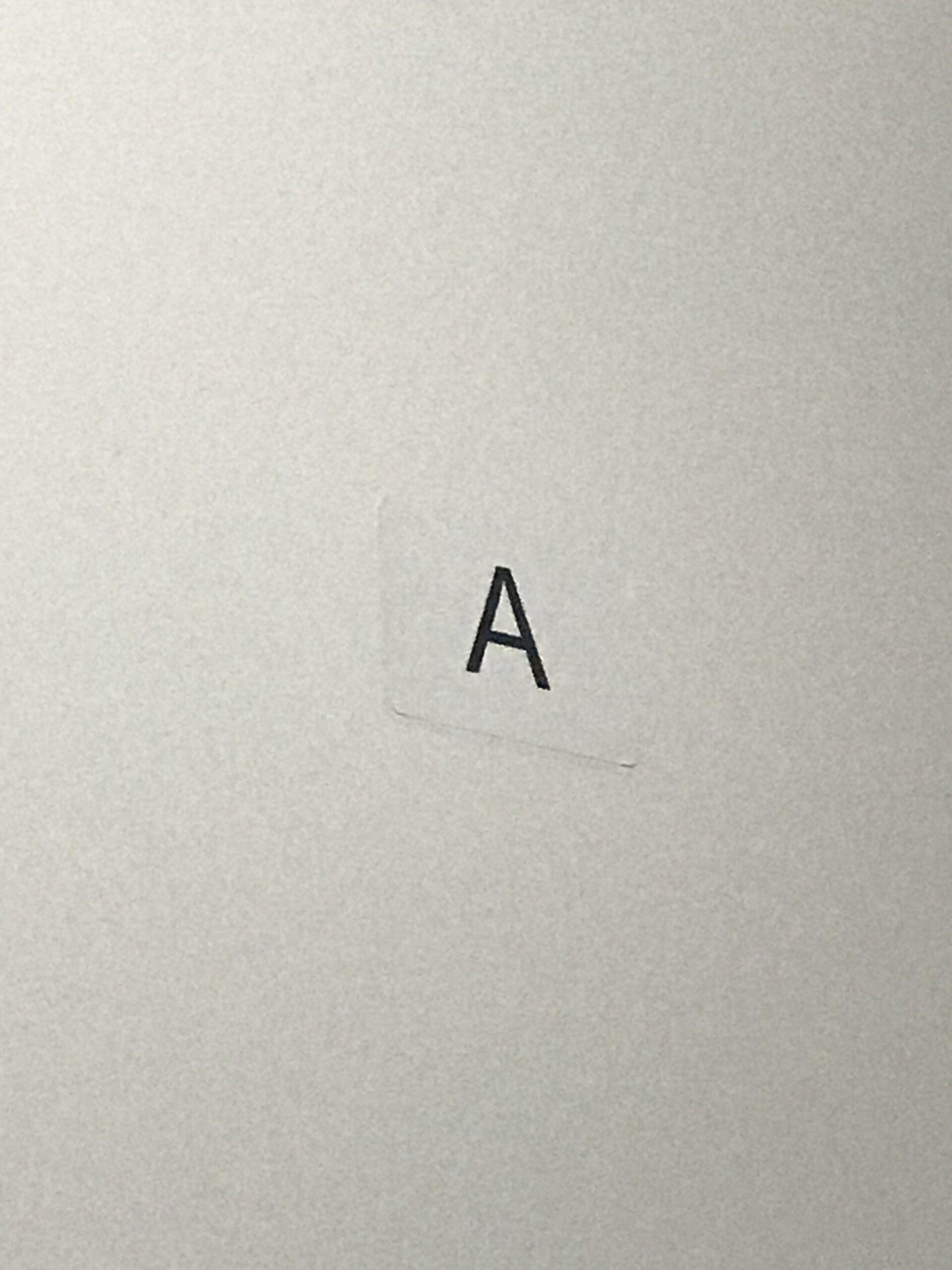 I played Whose Triangle is It? with a friend. This is an in person folk game with no well-known developer, where the premise is a secret rule: The first person who talks after asking “Whose Triangle is It?” “owns” the triangle. It is also labeled as a riddle for any number of players and any location. It ends when everyone playing figures out the rule; which means there has to be at least one person who knows the rule and at least one person who doesn’t know the rule. Its themed around riddle/problem solving, and its medium is dialogue/conversation. While it claims to not have a specific audience/location/equipment, I played with one friend, and honestly, we did not have fun. I think it wasted a lot of time, she ended up asking for hints multiple times, and we arrived at a near-conclusion before she simply gave up. Rather than busy college students or working adults, I think this game’s target audience is elementary to high school students who have a lot of time together to spend and revel in power/information dynamics.
I played Whose Triangle is It? with a friend. This is an in person folk game with no well-known developer, where the premise is a secret rule: The first person who talks after asking “Whose Triangle is It?” “owns” the triangle. It is also labeled as a riddle for any number of players and any location. It ends when everyone playing figures out the rule; which means there has to be at least one person who knows the rule and at least one person who doesn’t know the rule. Its themed around riddle/problem solving, and its medium is dialogue/conversation. While it claims to not have a specific audience/location/equipment, I played with one friend, and honestly, we did not have fun. I think it wasted a lot of time, she ended up asking for hints multiple times, and we arrived at a near-conclusion before she simply gave up. Rather than busy college students or working adults, I think this game’s target audience is elementary to high school students who have a lot of time together to spend and revel in power/information dynamics.
T
 he only mechanic to the game is asking questions and responding. The format for asking a question defining 3 points for the triangle, and then asking “whose triangle is it?” This mechanic created some points of tension during our gameplay, though. Similar to Mao, the rules are not defined until players encounter them, so my friend didn’t realize they could even ask questions until I suggested it. And afterwards, they didn’t know about the 3 point rule, so it led to questions like “Theres a triangle in the A, whose triangle is it?” (see image). A Because the information divide, I can see this rule leading to a in-group/out-group faction dynamic between players who “know” and players who are trying to figure it out. Overall the aesthetic created is a curiosity, confusion, frustration, (maybe in a larger group setting) chaos, and problem solving.
he only mechanic to the game is asking questions and responding. The format for asking a question defining 3 points for the triangle, and then asking “whose triangle is it?” This mechanic created some points of tension during our gameplay, though. Similar to Mao, the rules are not defined until players encounter them, so my friend didn’t realize they could even ask questions until I suggested it. And afterwards, they didn’t know about the 3 point rule, so it led to questions like “Theres a triangle in the A, whose triangle is it?” (see image). A Because the information divide, I can see this rule leading to a in-group/out-group faction dynamic between players who “know” and players who are trying to figure it out. Overall the aesthetic created is a curiosity, confusion, frustration, (maybe in a larger group setting) chaos, and problem solving.
Throughout the game, the fun for the in-group is the glee of knowing the simple rule while feeling superior to the other party for not knowing it, while the fun for the out-group is figuring out the riddle. However, this was the kind of fun that neither my friend nor I enjoyed. I do think it is an extremely flexible game because it can be played at any location or time with no materials; only new players. In fact, on an online forum it seemed like people were discussing playing on Facebook. The fact that it can can continue with the same players over a long period of time is also an unique defining factor. These factors, especially its flexibility give Whose Triangle is It? a competitive advantage over other games with secret rules like Mao, Eleusis, or Scissors. However, I think this is outweighed by the frustration, awkwardness, and lack of fun for our target demographic of college students to working adults.
Ultimately, this in-group/out-group dynamic could easily be abused between members of its target audience of young children, especially for bullying purposes, since the game itself is only fun for the people who know the game when the play with people who don’t know the rules. While this game is pretty difficult to improve because its core mechanic creates a toxic dynamic, I think this game could be improved by leveling the playing field with more people who know the rules and more people who don’t the rules, creating a better question that gives more hints to the players, and/or adding a hint system so that players who don’t know the rules don’t feel stuck.



